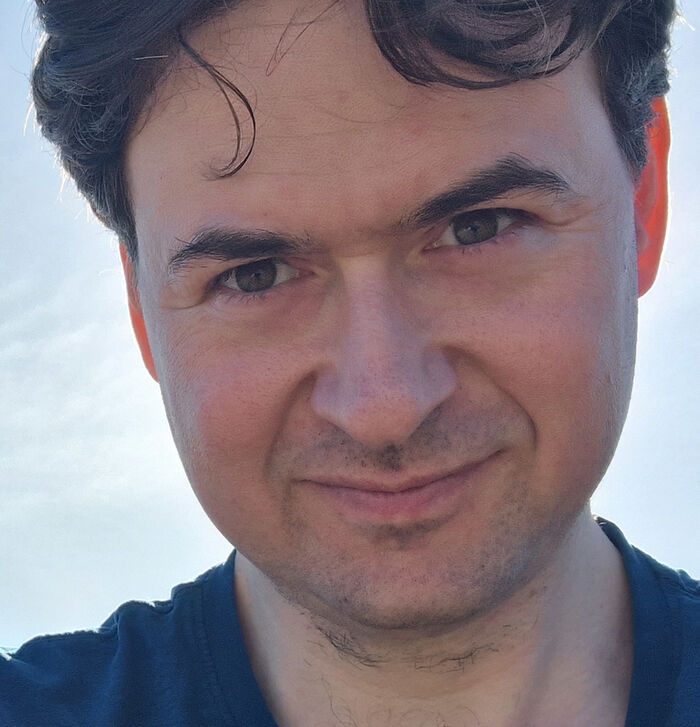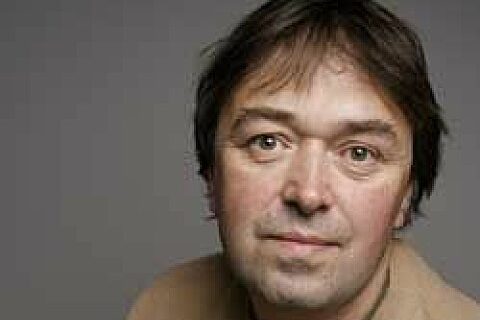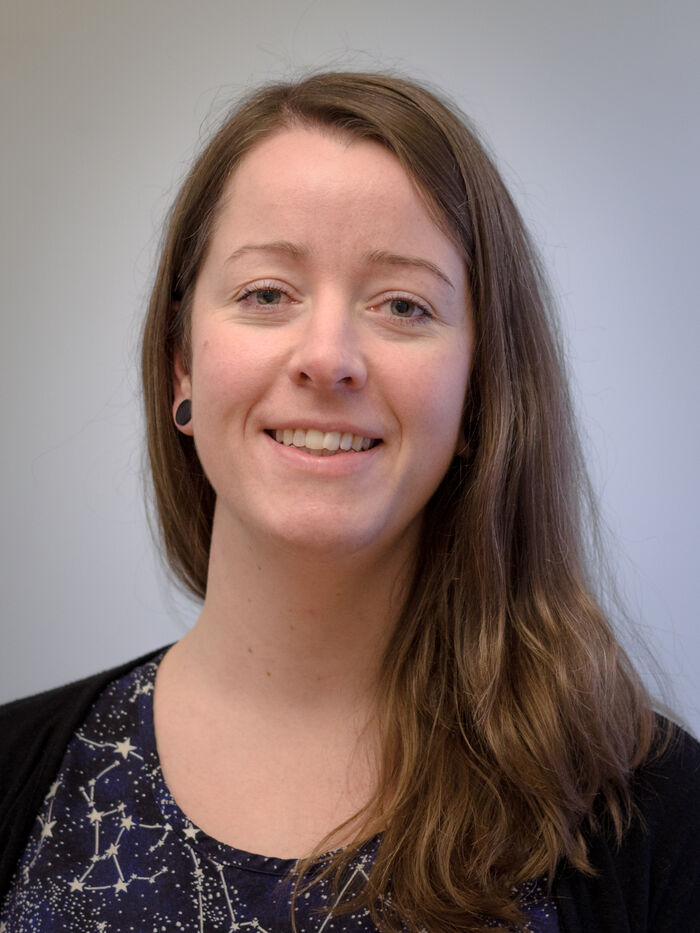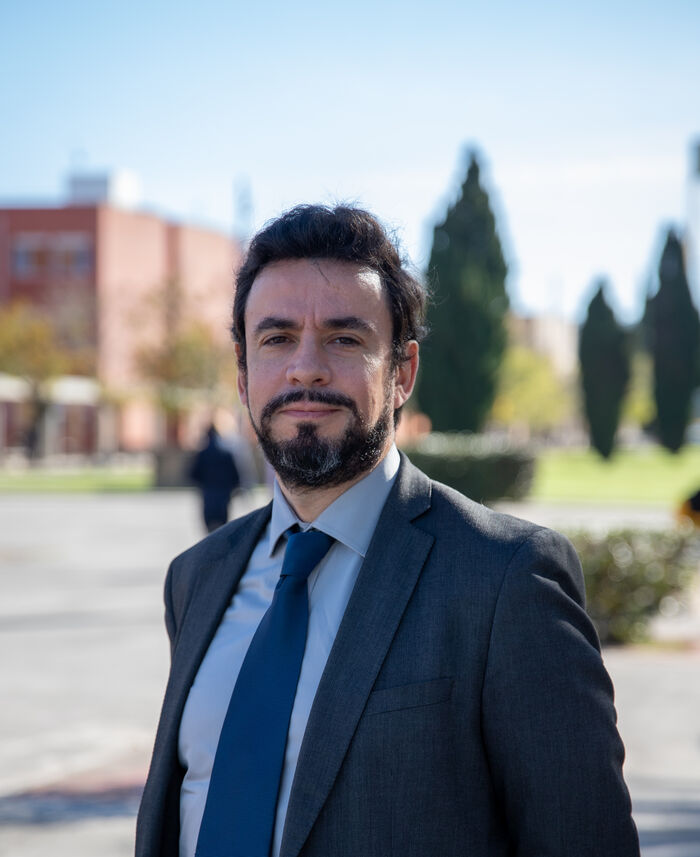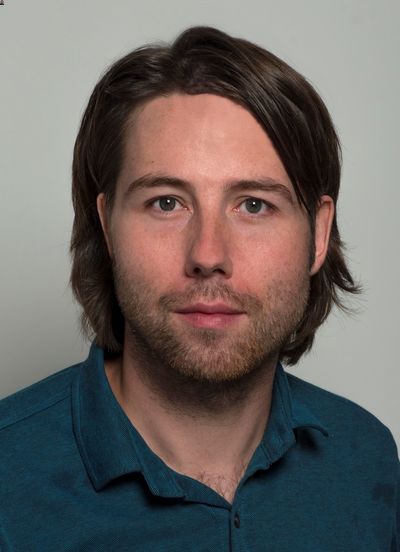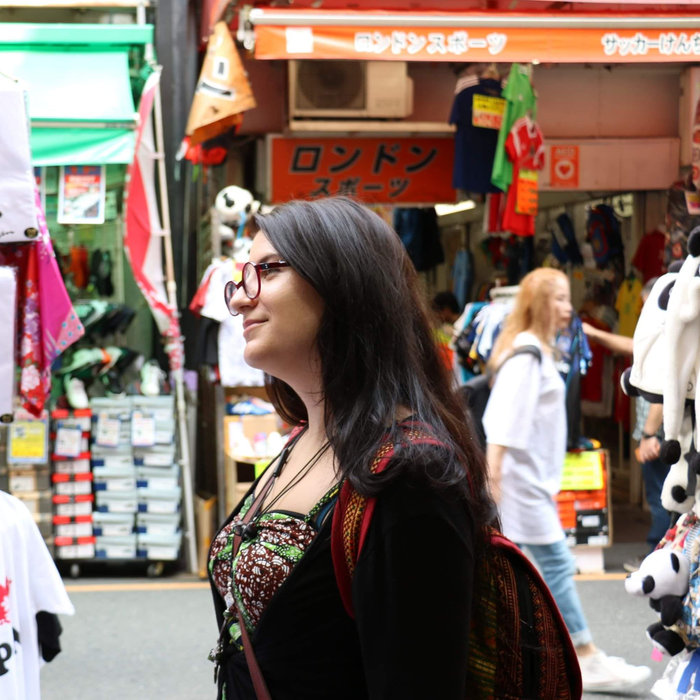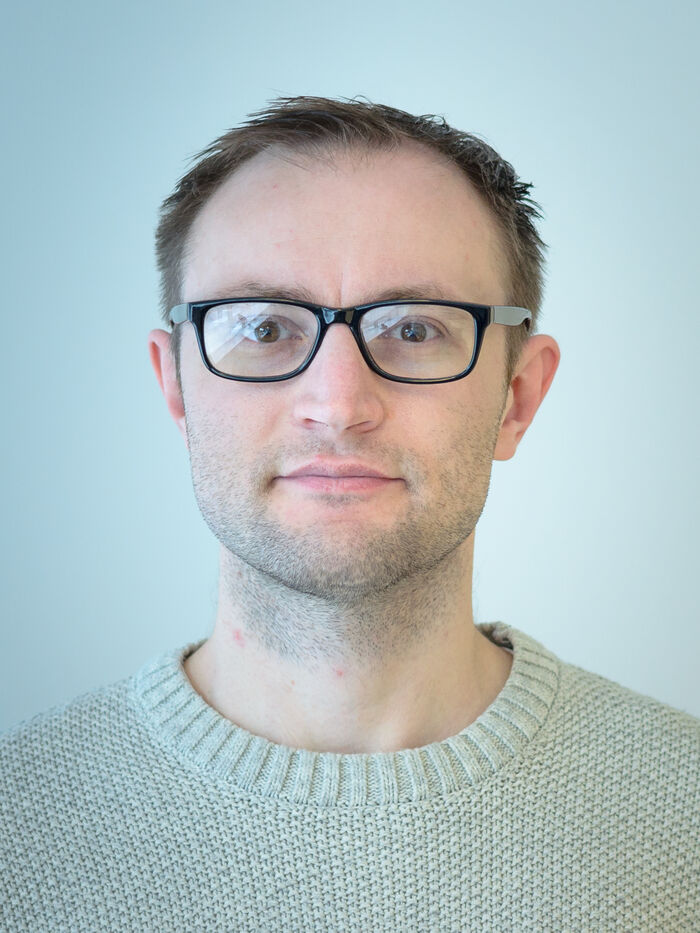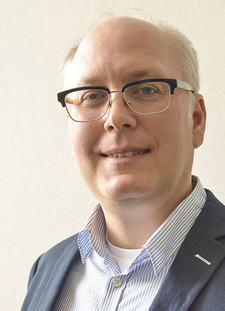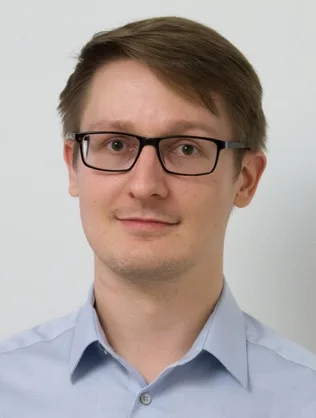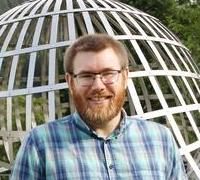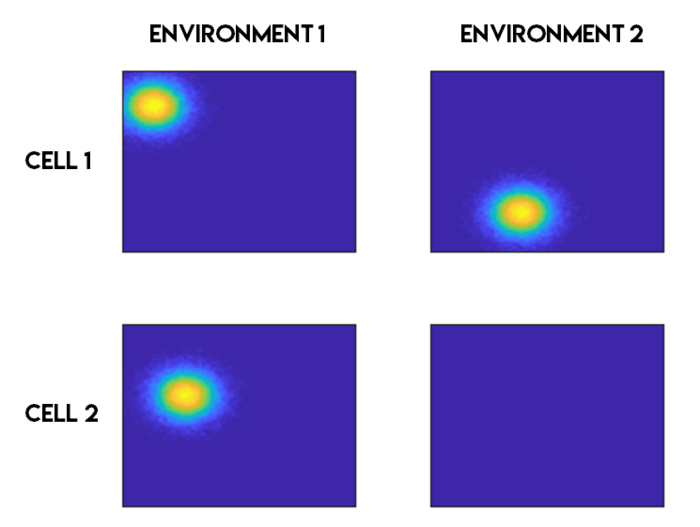Tidligere gjesteforelesninger og seminarer - Side 7
Innovations in fluid mechanics are leading to better food since ancient history, while creativity in cooking inspires applied and fundamental science. In this talk, I will discuss how recent advances in hydrodynamics are changing food science, and how the surprising phenomena that arise in the kitchen lead to discoveries and technologies across the disciplines, including rheology and soft matter. Central topics include cocktails and champagne (multiphase flows), whipped cream (complex fluids) and pancake making (viscous flows). For every topic, I will present the state-of-the-art knowledge, the open problems, and likely directions for future research.
Publications:
Mathijssen, A. J., Lisicki, M., Prakash, V. N., & Mossige, E. J. (2023). Culinary fluid mechanics and other currents in food science. Reviews of Modern Physics, 95(2), 025004.
Fuller, G. G., Lisicki, M., Mathijssen, A. J., Mossige, E. J., Pasquino, R., Prakash, V. N., & Ramos, L. (2022). Kitchen flows: Making science more accessible, affordable, and curiosity driven. Physics of Fluids, 34(11).
Sigurd K. Næss, Researcher at Institute of Theoretical Astrophysics, University of Oslo.
Felleskollokvium by Dr. Antoine Camper, Dept. of Physics, UiO
C*-algebra seminar talk by Valerio Proietti (University of Oslo)
By Sally Otto and Michael Whitlock from the University of British Columbia, Vancouver, Canada
Ragnhild Aurvik, Ph.D student at Institute of Theoretical Astrophysics, University of Oslo.
QOMBINE seminar talk by Ruben Bassa (SINTEF)
Carlos A.R. Herdeiro, Professor in the Gravitational Geometry and Dynamics Group, Mathematics Department, Aveiro University (Portugal).
Franz Fuchs (Sintef/UiO) will give a talk with title "Hamiltonians with time evolution restricted to subspaces"
By Olli Hyvärinen, postdoc in the AQUA section, IBV
We have developed a pump-less recirculation Organ-on-Chip (rOoC) platform that generates a directional gravity-driven flow. This platform can be adapted to various flow conditions and enables the study of endothelial lining, blood vessel sprouting, circulation of immune cells, pathogens or other particles, and incorporation of 3D cell models like organoids. Additionally, we have developed a computational model to predict shear stress and mass transport within the rOoC, allowing for customization of the platform for various use-cases.
The rOoC platform is very versatile and can be used to model for instance drug-induced liver-injury (DILI) that mimics the complex interaction between resident human stem cell-derived liver organoids (3D-HLO) and circulating immune cells. Moreover, we show the functional crosstalk between 3D-HLOs and human pancreatic islets to model the onset of type-2 diabetes.
Samantha Stever, Assistant Professor in the Department of Physics, Okayama University (Japan).
Hans Arnold Winther, Institute of Theoretical Astrophysics, University of Oslo.
Markus Spitzweck (Universität Osnabrück) will present the talk «Representation categories and motives».
This seminar will consist of two separate presentations, each about 15-minute long.
1) Magnetic Quincke Rollers with tunable single particle dynamics and collective states
2) Electrically controllable ferrofluids
Unfortunately, the seminar by Olli Hyvärinen, AQUA, IBV, is cancelled.
We further discuss the generalization of these results to compact operators in L2, and explain how they can be used to both describe the out-performance of smooth spline approximations of solutions to differential equations when compared to classical finite element methods, and to solve the outlier-problem in isogeometric analysis.
This talk is based on work done in collaboration with Michael Floater, Carla Manni and Hendrik Speleers.
The Section 4 seminar for the Spring of 2023 will be held on Wednesdays at 10:15–12:00 (see the schedule)
C*-algebra seminar talk by John Quigg (Arizona State University)
By Mathieu Lutier, AQUA, IBV
I will discuss some of our recent results on active chiral and nematic membranes. The chiral stresses we consider give rise to a novel form of odd elasticity. To outline this phenomenology I will give explicit calculations outlining spontaneous flow transitions and shape instabilities. I will discuss the relevance of these results in developmental biology and their relation to active nematics, in particular how certain limits of active nematic membranes can reduce to a theory of an isotropic membrane with an active stress defined by the deviatoric part of the shape operator.
Welcome to seminar by Mikkel Elle Lepperød (Researcher, Cinpla Group, FYSCELL, IBV).

